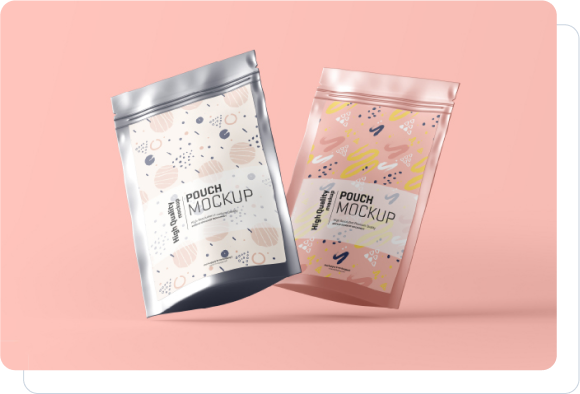According to ResearchAndMarkets, the flexible packaging market will expand at a 5.8% CAGR until it reaches $353.8 billion in 2030. The rise of Custom Mylar Bags serves as an industry essential for firms that balance sustainability requirements together with evolving customer demands in premium foods as well as cosmetics and healthcare products.
The era of 2025 will host three major developments that include circular economy progress together with high-barrier materials development and localised regulatory frameworks. The following blog breaks down flexible packaging trends that give your brand essential guidance to pioneer the market.
1. Sustainability: Circular Economy and Beyond
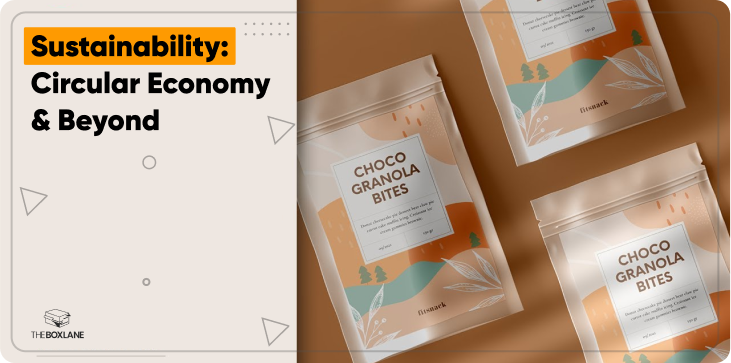
Mono-Material Mylar Bags: Closing the Recycling Loop
Manufacturers are choosing to develop single-component designs instead of the previous multi-layer laminated systems. The sustainable polyethylene (PE) Mylar bags from Amcor enable easy recycling while meeting the EU Green Deal requirements for 70% recyclability. Mars Inc. reduced its snack division landfill waste numbers by 40% when it adopted mono-material PE pouches.
Compostable Films: Bridging the Infrastructure Gap
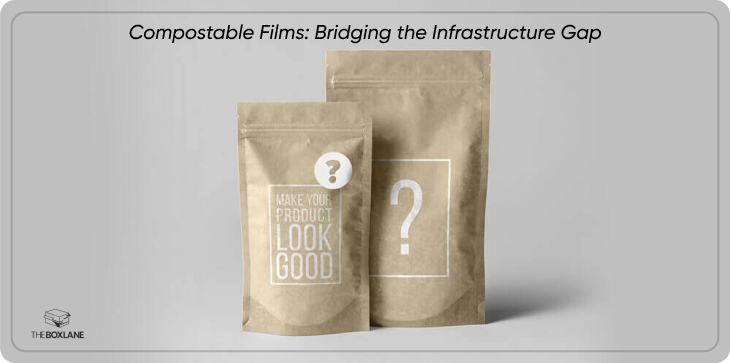
The increasing use of compostable PLA films faces a major obstacle due to the fact that only 15% of U.S. households have access to industrial composting facilities. The brand Kellogg’s employs QR codes on Mylar bags to provide home composting education while offering practical packaging solutions.
Carbon-Neutral Packaging
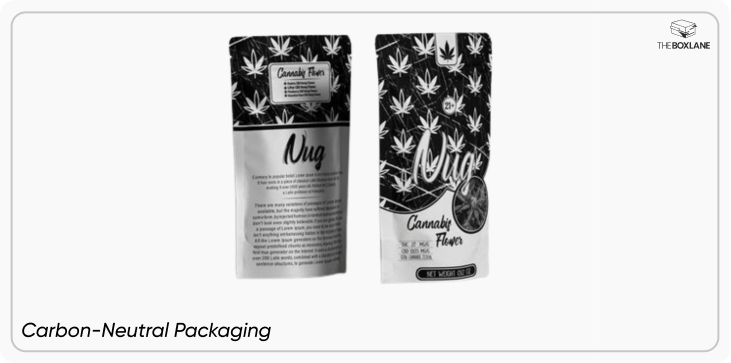
Unilever along with Nestlé started using carbon impact labels to display on their packaging. Coffee Bean & Tea Leaf experienced an 18% sales increase in markets that value sustainability when it integrated blockchain technology to prove its compostable coffee bag reduction of environmental emissions.
Take Action: Collaborate with establishment programs such as How2Recycle or TÜV Austria for evaluating and confirming sustainability promises to customers.
2. Circular Economy Models: Reuse, Return, Recycle
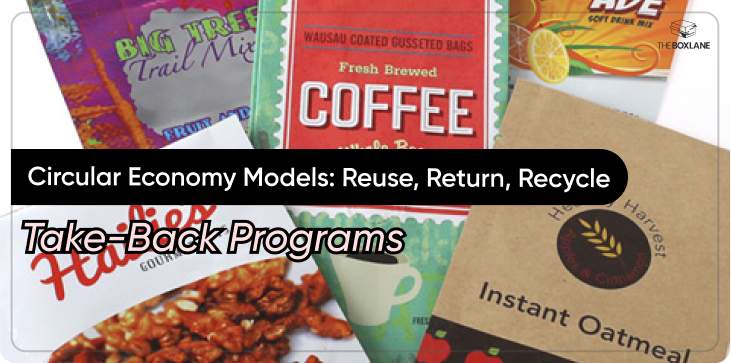
Take-Back Programs
Brands under TerraCycle's Loop program let retailers provide reusable Mylar bags through their network for pantry household items. Customers eliminate 90% of single-use waste through prepaid shipping label returns of empty bags.
Chemical Recycling Breakthroughs
Molecular recycling performed by Eastman transforms multi-layer Mylar bags into base materials through its advanced recycling methods. PepsiCo has launched pilot testing for Frito-Lay snack bags through this process while setting a goal to achieve complete circularity by 2025.
Localized Material Recovery
As part of its Southeast Asian operations Indorama Ventures team up with waste pickers to recover Mylar pouches for recycling thus creating a recycling ecosystem that increases local income generation and removes plastic from oceans.
Case Study: Patagonia Provisions established a program that provides customers returning Mylar bags for its organic soups with a 30% discount rebate. The program managed to recover 12 tons of waste during the year 2024.
3. Smart Packaging & Traceability
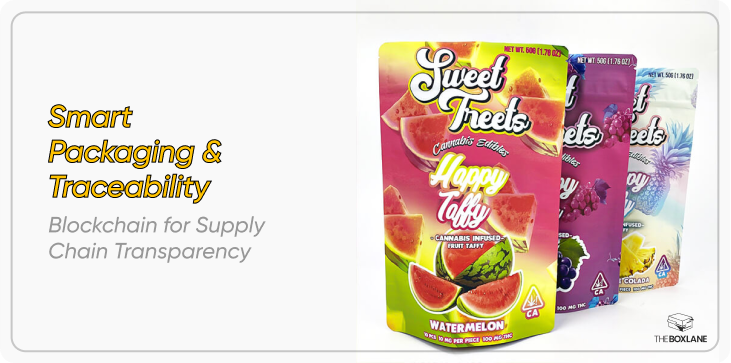
Blockchain for Supply Chain Transparency
Gucci uses blockchain IDs within Custom Mylar Bags to authenticate product materials for customers. This reduced counterfeiting by 65% for its skincare line.
NFC Tags: Interactive Consumer Experiences
La Mer places NFC chips inside biodegradable Mylar sachets for samples which provide users with access to AR tutorial content. The NFC-driven games on Hershey’s Reese’s Peanut Butter Cups pouches attract Gen Z consumers to engage with their product.
According to Smithers the smart packaging industry will reach $39.7 billion by 2025 because customers demand immediate data access.
4. Regulatory Challenges and Strategic Solutions

EU Green Deal: The 2030 Roadmap
The EU requires all packages to achieve 50% recyclability rate before 2025. L’Oréal introduced PP-based barriers inside its luxury Mylar pouches for EU compliance and PepsiCo invested in single-material snack bags for the same reason.
Global Plastics Treaty Delays
The ongoing UN negotiations stagnation led Coca-Cola and other brands to set their own goal of 100% recyclable packaging by 2025 through PET-lined Mylar beverage pouches.
EPR Compliance Made Easy
Under EPR (Extended Producer Responsibility) legislation of more than 45 countries brands must fund the recycling process. Businesses that adopt TerraCycle platforms can distribute 20–30% of their EPR compliance expenses.
The tracking tool Sustainabase helps companies monitor local regulations while performing automated reporting tasks.
5. Custom Mylar Bags: Niche Innovations

High-Barrier Films: Freshness Redefined
Multi-layer Mylar bags equipped with aluminum oxide protective layers increase snack preservation time by 200%. Nature’s Path reduces organic cereal spoilage by 60% through the implementation of ethylene-absorbing films in its packaging.
Luxury Finishes: The Premium Edge
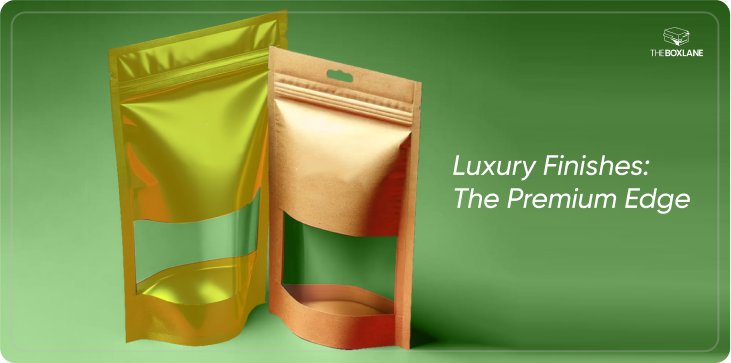
Limited-edition Dior makeup products presented in Mylar bags with holographic foils receive a 25% price increase from consumers.
E-commerce Optimization
The usage of lightweight mailers containing graphene-reinforced Mylar materials reduces shipping expenses by 15%. The implementation of puncture-resistant designs by Bulletproof cut down on coffee pouches returns by 22%.
6. Future Predictions: Beyond 2025
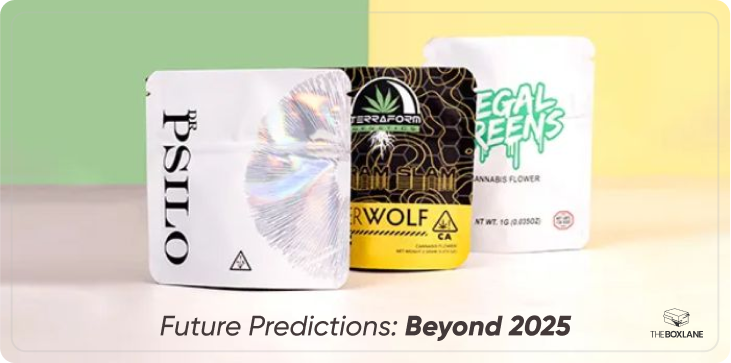
Mushroom-Based Materials: Ecovative will commercialize mycelium films as an eco-friendly replacement for plastic in compostable Mylar bags starting in 2026.
Self-Healing Films: MIT scientists continue developing polymer technology which may lead to self-repairing Mylar bags.
Hyper-Localized Packaging: Custom Mylar Bag sales will receive momentum from regional packaging trends that include spice-infused barrier films in Indian markets.
Conclusion: Leading the Flexible Packaging Shift
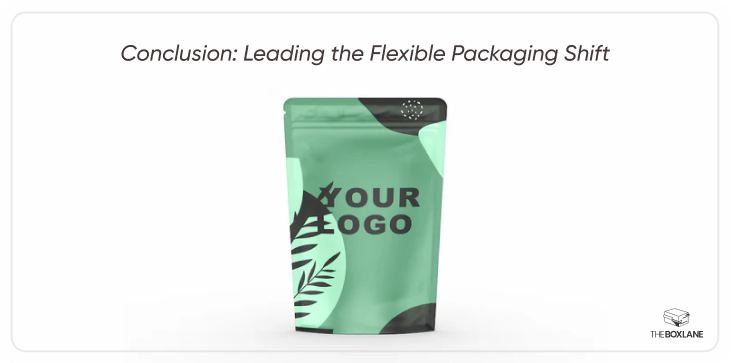
The 2025 landscape demands agility. Brands which adopt innovative approaches using Custom Mylar Bags will establish dominance in the market.
Your Next Steps:
- Audit packaging for recyclability gaps
- The establishment of Pilot take-back programs should be combined with chemical recycling partnerships.
- High-barrier films should be an investment to protect premium products.
Ready to transform your packaging? Our Custom Mylar Bag products are available for exploration.


